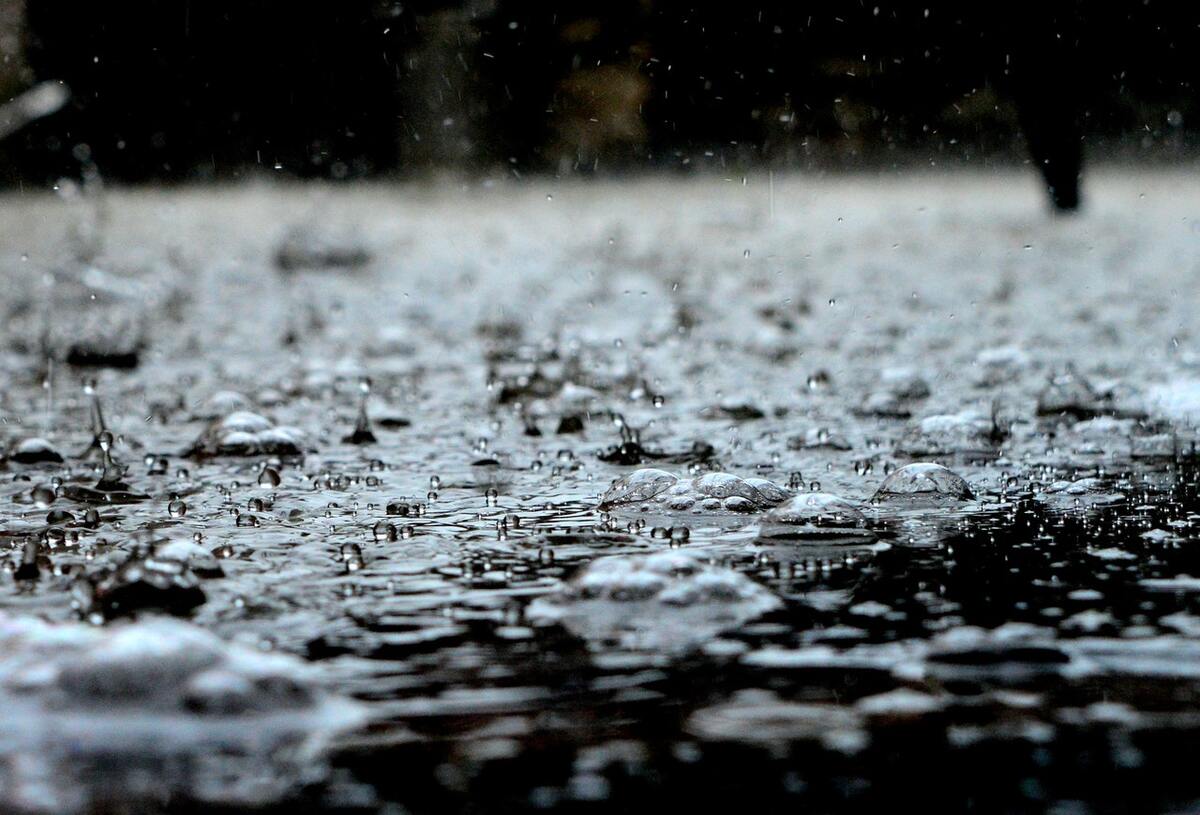Climate Change Brings Increased Risk of Flooding

Forest fires, rising sea levels and melting ice all link back to climate change. Yet what about flooding? There are three common types of floods, including storm surge, river and flash events. Could climate change increase the risk of all of them?
Flooding is not merely due to changes in precipitation. The local environment and infrastructure play a major role, too. For example, heavily developed areas that have a higher density of paved surfaces are more inclined to accumulate water. Similarly, structures built in flood zones or low-lying areas are at a higher risk. The long-term effects of flooding on low-income neighborhoods are especially noteworthy and worth studying when it comes to building more resilient communities.
Because there are so many external factors at play, it can be challenging to make a direct connection between climate change and flooding. The ways that global warming affects atmospheric conditions and increases the chance of flood-bringing storms are subtle, and not always easy to identify. However, one thing is clear — the frequency of severe floods has risen significantly in the last century.
Flooding and a Changing Climate
As the climate changes, the possibility of extreme weather patterns increases. This shift in the forecast is evident in recent major disasters all around the world, from devastating hurricanes in the United States to bushfires in Australia. One of the primary reasons for these patterns is the weakening of the jet stream, the air currents in the atmosphere that influence weather patterns.
Rising sea temperatures and melting sea ice has weakened the polar vortex, causing weather patterns to remain stagnant in certain areas while increasing volatility in others. This stagnancy defined Hurricane Harvey in 2017. The primary reason the storm was so damaging was because it was slow-moving, unlike the majority of historic hurricanes in that area.
A weak jet stream changes atmospheric circulation patterns, which means that climate change is impacting everyday weather. Shifts in air currents affect how much precipitation an area will get, and for how long. Fluctuating weather patterns also contribute to extreme events, such as the forest fires and flooding that occurred in California over a short period. The impact of a changing climate on severe weather increases the risk of flooding all over the world.
How Flooding Impacts Communities
Flooding has a substantial impact on the built environment, including buildings, roads and farmland. The increase in human activity contributes to the severity of water accumulation in some areas. Communities in poorly constructed areas are more susceptible to flood damage, and often lack the economic security to overcome these challenges.
Communities affected by flooding see both immediate and long-term effects. Experts classify structural damage in three ways — direct damage, degradation and contamination. Degradation refers to the breaking down of building materials, such as wood, due to water damage. Plus, we cannot overlook the role of floods in transmitting pollution and disease. Floods often carry toxic waste like raw sewage and chemical runoff that can damage drinking water supplies and harm respiratory health.
There is also a severe economic impact on the homeowners and builders in these regions. The National Flood Insurance Program paid an average of $2.9 billion annually to cover flood-related losses between 2007 and 2017. The likelihood of severe flooding in the future has increased in many areas, including urban spots near the coast.
Those who live and work at low elevation or next to bodies of water face increased risk of flash flooding. This can damage homes and businesses, stall construction and put lives at risk. All developers must keep the risk of flooding in mind as the risk increases — and awareness of possible hazards will become even more essential when surveying a new building site.
Preparing Homes and Buildings for Extreme Weather
Preparing for a future where severe weather patterns are the norm is complicated. Several possible changes ensure that communities are more resilient in the face of climate change. When it comes to flood preparation, constructing flood-proof buildings and proper stormwater management is critical.
New home construction, particularly along shorelines or in regions with high winds and tough winters, should be optimized for more severe weather. Features like windows and garage doors can embrace the latest standards to withstand wind and rain — steel garage doors, for example, have protective layered coatings and can be WindCode® rated. Builders should also focus on home elevation and watertight foundations to guard against moderate flooding.
Both homes and commercial buildings can benefit from dry and wet floodproofing. Dry floodproofing prevents excess water from entering the building at all. This might include reinforced walls. sealing the building envelope. Wet floodproofing means water is allowed to enter the structure, but is directed out of it as safely as possible — channeling floodwater through vents and resistant materials to minimize damage.
Flooding Risks in a Changing Climate
It's hard to foresee how increased flooding risks will impact communities in the future, and what the long-term results will be. While specific locations may begin preparing now, like coastal towns at sea level, other cities may not think about risks that are not normal for their climate.



